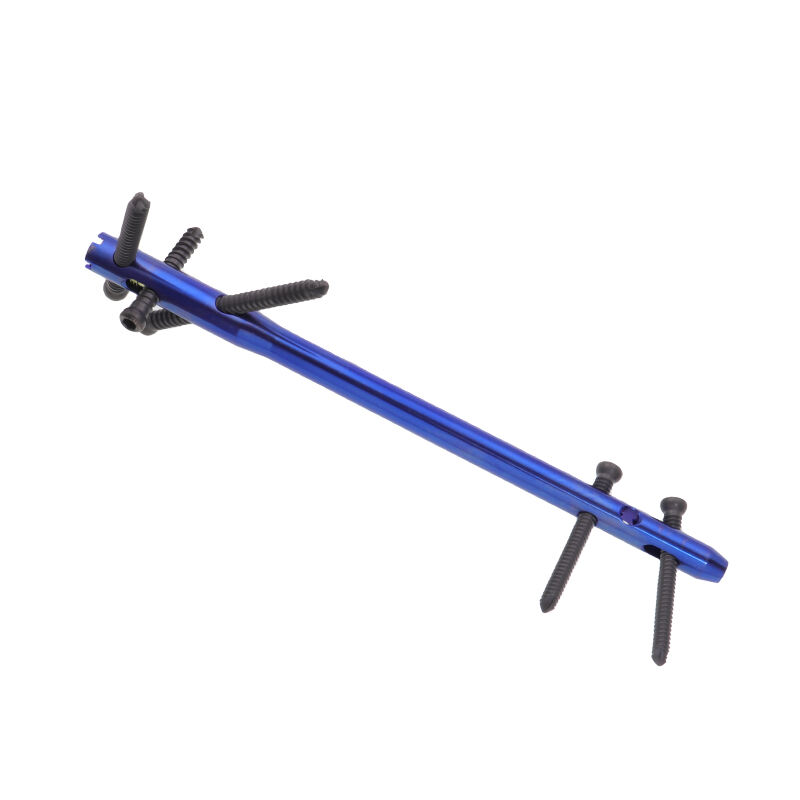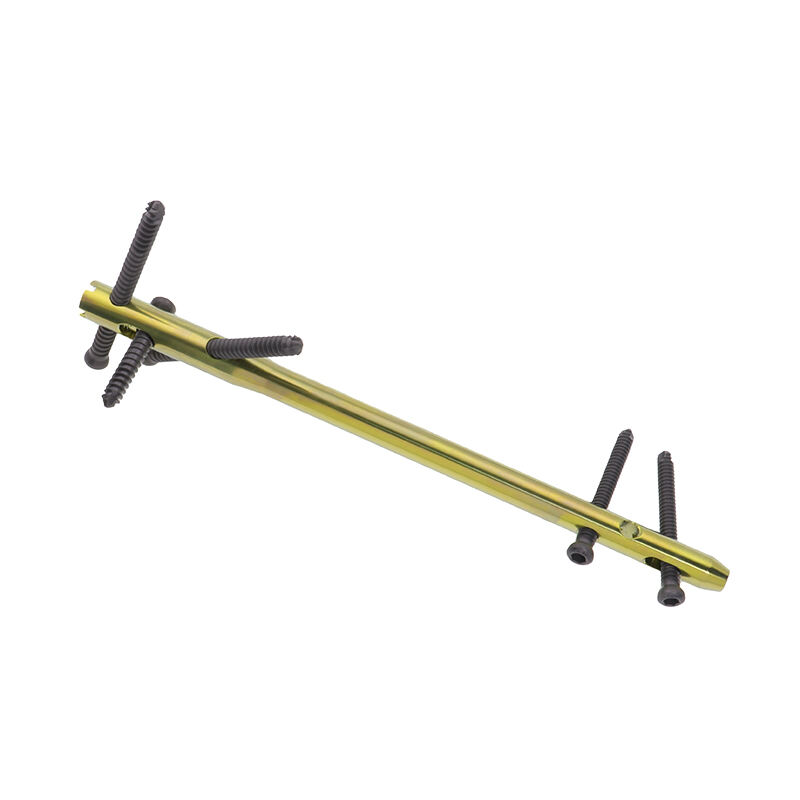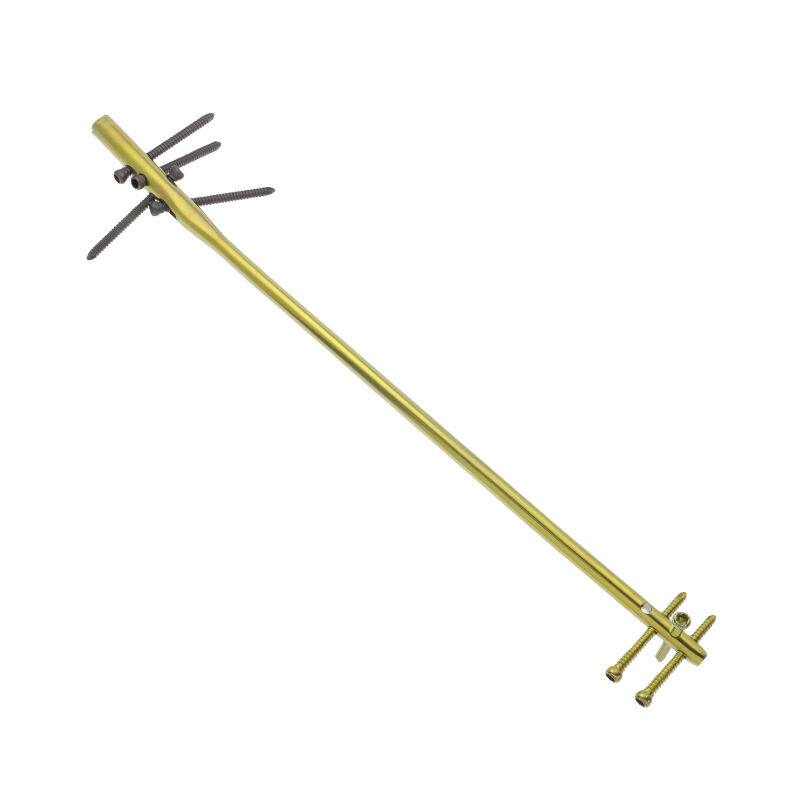elastic intramedullary nail
The elastic intramedullary nail represents a groundbreaking advancement in orthopedic surgery, specifically designed for the treatment of long bone fractures. This innovative medical device consists of flexible, metallic rods that are inserted into the medullary cavity of bones to provide stable internal fixation. The nail's unique elastic properties allow it to adapt to the natural biomechanics of the bone while maintaining proper alignment during the healing process. Manufactured from high-grade titanium or stainless steel, these nails feature carefully engineered flexibility that enables them to bend during insertion and then provide stable support once in place. The design incorporates specific diameter variations and length options to accommodate different patient anatomies and fracture patterns. The elastic intramedullary nail is particularly effective in pediatric fracture cases, where traditional rigid nails might interfere with growth plates. The system includes specialized instrumentation for precise insertion and removal, ensuring minimal invasive trauma to surrounding tissues. Its applications extend to various long bone fractures, including femoral, tibial, and forearm fractures, making it a versatile solution in orthopedic trauma care. The nail's design also facilitates early mobilization of patients, contributing to faster recovery and improved outcomes.


